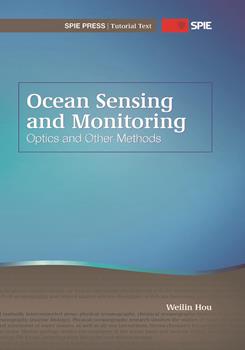|
One of the major obstacles in exploring the ocean, and therefore understanding ocean processes, is the difficulty associated with our inability as humans to travel freely in the watery world. Because of this, ocean research relies on platforms that help researchers and sensors extend their reach across larger areas, deeper depths, longer durations, and more channels (properties). Instruments that can best utilize these platforms, with better resolution in spatial and temporal domains, have been constantly sought after and invented. The fundamental physical limitations for underwater research discussed in previous chapters are primarily due to the density difference between the air and water by a factor of a thousand, and the associated strong attenuation of most EM waves in the water. This limits the majority of ocean sensing from space to the surface of the ocean, with lidar’s maximum penetration likely extending to the bottom of the mixed layer as the only exception. For this reason, in situ sampling is an integral part of ocean research, and will most likely never be replaced.
Oceanography has come a long way in terms of sampling platforms, discussed briefly in Chapter 1. Ship-based data and sample collection has been complemented by airborne and spaceborne remote sensing methods to gain fast and synoptic coverage. Surface vessels have been supplemented with various UUVs, ranging from remotely operated vehicles (ROVs) to autonomous underwater vehicles (AUVs) and various types of buoyancy-driven gliders. Stationary sampling stations, or moorings, are deployed on a continuous basis, along with other vertical profilers and floats, to complete larger in situ monitoring areas. These are the basic elements of observatories and provide long-term sensing and monitoring capabilities of the ocean.
Various instruments, starting with the simple Secchi disk, have been used in exploration of the ocean and have enriched our understanding of the ocean. To improve the quantification of various properties and processes, more sophisticated instruments and sensors have been developed to enable the collection of temperature, salinity, visibility, and optical properties of the ocean with higher accuracy and broader coverage, spatially, temporally, and often spectrally as well. Key instruments in ocean sensing applications, especially those related to the field of ocean optics, are explored in this chapter, along with the platforms that are best suited to their requirements.
|


